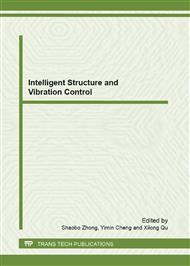p.219
p.224
p.229
p.234
p.239
p.245
p.249
p.254
p.258
Estimation of Origin-Destination Matrix with Tolling Data
Abstract:
Prior matrix and surveyed link volumes were, in most cases, employed to estimate origin-destination matrix. With the development of BOT and of congestion pricing, charged links become an important component of road network, due to the fact that the tolling data: volumes and travel time on pricing entry-exit are traffic information, both cost-free and accurate. In this paper, we put forward a bi-level programming model, taking account of data on charging entry-exit to estimate OD matrix based upon the traditional model. Meanwhile, a heuristic method -the simulated annealing approach - is utilized to solve the OD estimation problem. Results of examples indicate that the accuracy of estimation will be improved while adding the tolling data, and that it is feasible to calculate OD matrix by combining the volumes and travel time on entry-exit with partial common link flows. In this light, this way can be applied to enhance accuracy, and also to reduce the cost spent on surveying the link flows in common OD matrix estimation.
Info:
Periodical:
Pages:
239-244
Citation:
Online since:
February 2011
Authors:
Price:
Сopyright:
© 2011 Trans Tech Publications Ltd. All Rights Reserved
Share:
Citation:


